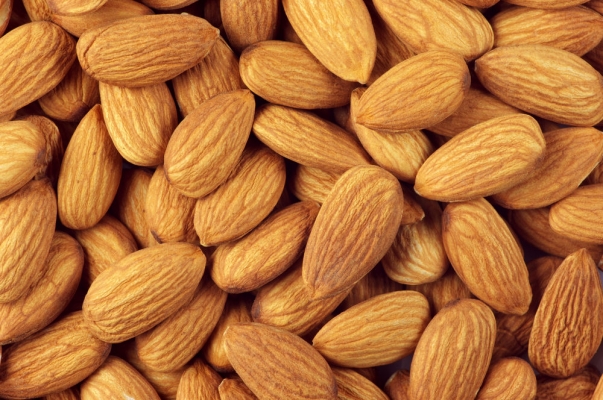Nouni Selection: Medium developing plant which grows straight, normal fruiting, late flowering, comparatively more growth; nuts are medium in size, papery peel, very early maturing (third week of june) in mid-hills, nuts are brown in color, small, somewhat wrinkled, sweet and good quality, as it peels gets easily broken it is used for sale purposes, kernel gives 55-60% nuts yield.
Nikitskai: Normal fruit giving variety, medium, late flowering, medium yield giving variety, soft kernel, matures early in mid hills area (fourth week of June), medium to big size nuts which are small in size, brown in color, somewhat wrinkled, good quality yield, sweet variety, kernel gives 45-50% nuts yield.
White Brandice: Medium growing plant, straight growing, regular yield giving, late maturing, comparatively more fruitful, papery kernel having small-medium in size, in mid hills the crop gets ready in third week of June, nuts are small and deep brown in color, somewhat wrinkled, sweet and good quality, more yield, kernel gives 60-65% nuts yield.
Thin sheld: Plant has medium growth, straight spreading, dense, early suitable yield giving, big kernel which is light brown in color, attractive, sword shape, the peel gets easily separated from kernel, papery, nuts are brown in color, sweet and delicious in taste.
Ni-plus-ultra: Early growing plant, spreading and medium yield giving, big kernel, rectangular, papery, kernel gives 29% yield, kernel gives 29% nuts yield, nuts are light to deep brown in color.
Drek: Rectangular kernel having head round or sharp, white color, medium stiffness, 30% nuts yield, brown color nuts, long, spreading plant, unlimited fruiting and more yield.
Texas: Kernel are medium size, rectangular, less stiffness, 40% nut yield, plant growth is more, straight growth and medium yield giving.
Non-pareil: Spreader kernel, flat and thin from head, big, papery, 65% nuts yield, plant has medium growth, straight spreading, and suitable yield giving.
Other state varieties:
Soft shell varieties: Thompson, Carmel, Rudy.
Hard shell varieties: Buttei, Texas.
Regular shell variety: Um-el-Fahem, Marcona, California Mission Neplus, Be’eri, Greek, Hanatziv.







